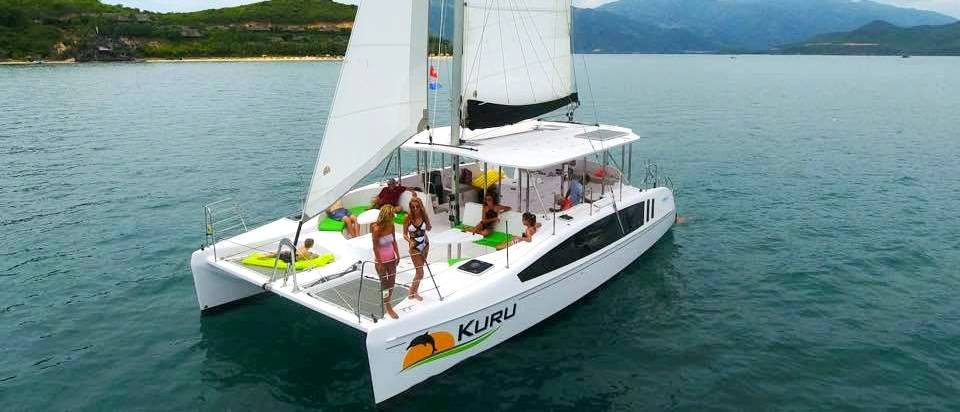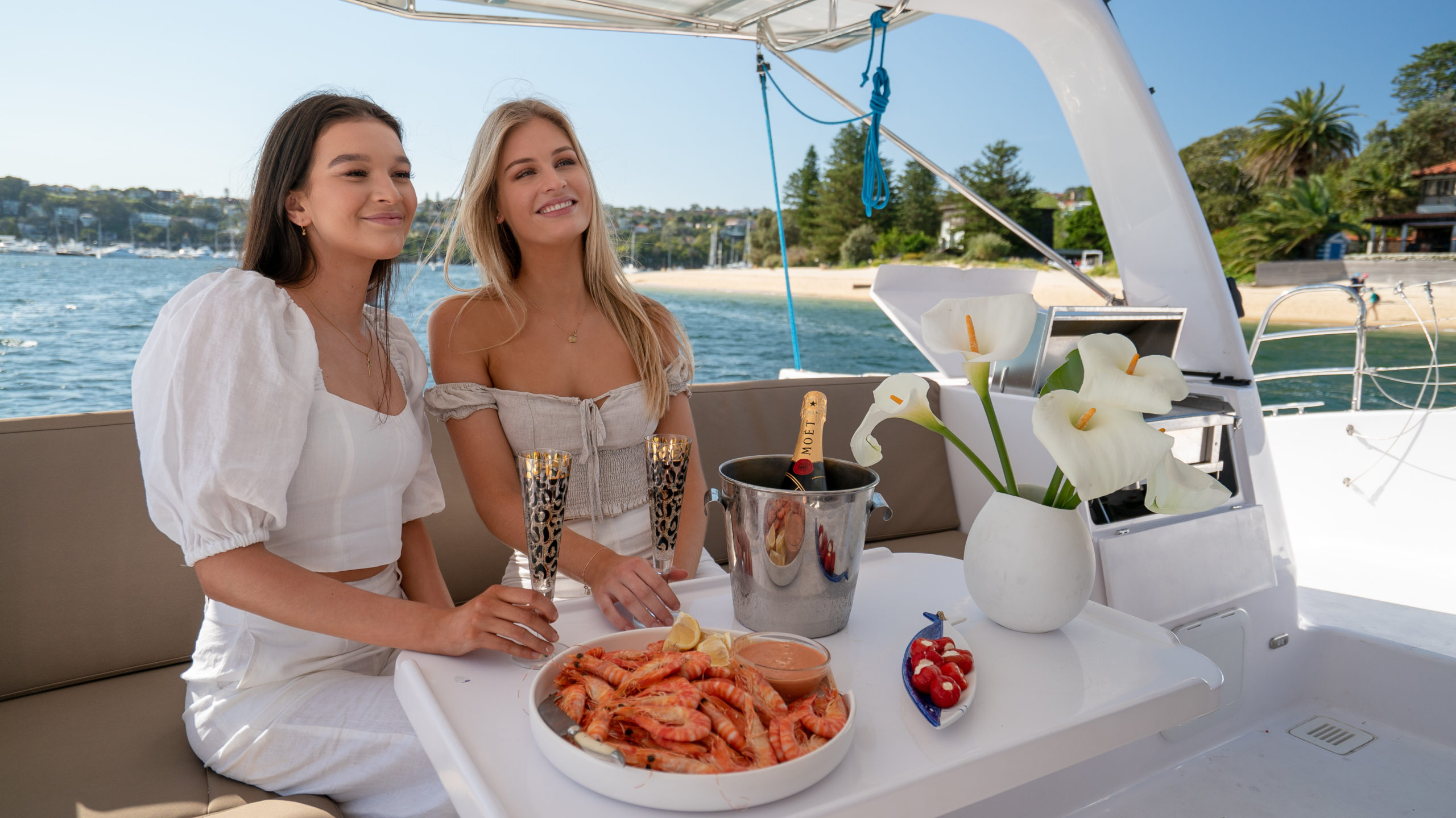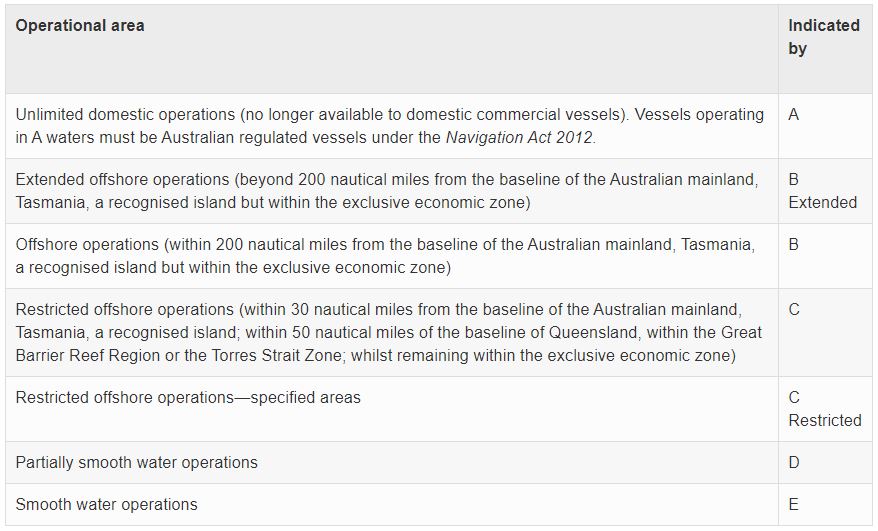DIY CHARTER BOAT BUSINESS STARTUP KIT
Step 1 – Get Sailing / Boating Lessons
Step 2 – Deckhand on another Charter Boat
Charter boat operators are always in search of good, reliable and passionate deck hands to assist in their charters. This is a great way to learn the rope of the charter boat industry and get a taste for the style of charters you might expect. This will also help you log the hours required on a commercial boat to enable you to get qualified as a commercial captain.

Step 4 – Build a Business Plan

Step 5 – Investigate Finance

Step 6 – Buy a boat in Commercial Survey
To operate commercially with paying passengers in Australia or New Zealand, your vessel will need to be commercially compliant or in ‘Survey’. In Australia this is a nationwide system so once your boat is approved in one state you can operate with the same restrictions in another state.
Use the following table to work out your vessel service category. For example, a passenger vessel carrying 30 people and operating out to 15 nautical miles has a service category of 1C.


Common classes of survey our boats are built to include 1E (for larger groups in smooth waters), 2C (groups up to 12 for offshore charters), and 4D (bareboating in partially smooth waters).
[ All the commonwealth colonies and all the countries that got enslaved keep celebrating independence days and republic days but are they really FREE? Can they SAIL Anywhere in this whole wide world? Is this REAL FREEDOM? Think about it! ]

